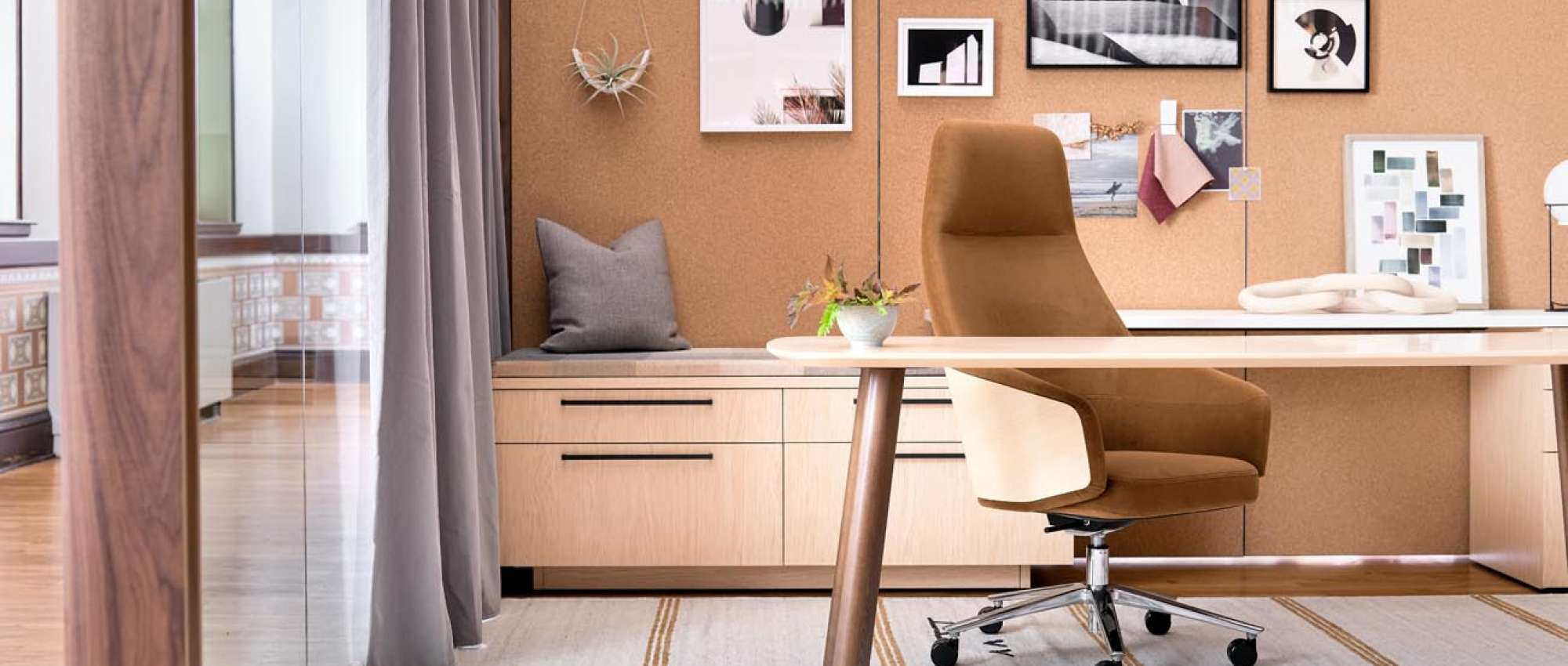It’s time to move beyond Millennials, and design for human beings.

Designing for Tasks & Behaviors

Through our experience, we’ve found companies always blend a healthy mix of both focused work and collaborative activity, allowing their employees to be incredibly productive individually while, simultaneously, extremely innovative collectively. We have come to find the balance of time spent doing one kind of work versus the other is not necessarily defined by age but more so by role and responsibility, as well as personal preference and skillset. For one person, a perfectly ergonomic workstation in an open office setting near their team might be the best place to complete a specific task while someone else may prefer a lounge seat in an isolated nook near a window, while still others need to phone in from another location. This may also depend on whether the task needs to be done on a Tuesday morning or a Thursday afternoon, or whether it needs to happen for an immediate deadline or can slowly progress over time. These variables and scenarios are why providing a variety of work settings to choose from is paramount to the success and productivity of an employee or team.
Where Workplace Archetypes Come into Play
- The first was the Soloist-Style, someone who spent at least 60 percent of their time inside the office and at their desk. This archetype needed a fully-equipped, ergonomic workstation supporting two monitors and a layout surface with minimal visual and audible distraction, while still having a few places, nearby, for ad-hoc brainstorming and problem-solving sessions with team members.
- The Mixed-Style, conversely, was a second archetype who also spent at least 60 percent of their time in the office, but was away from their desk for much of the day, far more collaborative, and constantly interacting with people and teams. This group didn’t require all of the components of a full workstation like the Soloist, but instead needed a home-base to pop into and out of during the day to complete quick task-based assignments between meetings. Additionally, their workstation might need space for a visitor to sit and have a conversation as opposed to the dual monitor setup deemed necessary by the Soloist.
- Finally, there was the Mobile Mixed-Style, a cohort that was in the office less than 40 percent of their time, spending the bulk of their work week traveling between multiple sites and offices. This archetype didn’t require a workstation at all, and instead wanted touchdown spaces throughout the office where they could perform a mix of focused and collaborative work.

One of the most interesting takeaways that came out of analyzing these Workplace Archetypes was that they crossed lines of age, tenure, and title throughout the organization. Instead, what differentiated the Workplace Archetypes were the roles, responsibilities, and tasks of individuals and departments. For example, the Soloist-Style performing mostly heads down-work was comprised of researchers, analysts, and developers whereas the Mixed-Style was more a combination of managers, tech support, and operations. Regardless of age, tenure, or level in the company, the employees within these Workplace Archetypes typically worked in a similar fashion.
There are certainly truths to some of the generational trends being discussed today—or the stereotypes wouldn’t stick. But we are here to design spaces that support business functions and operations, and that charge, at the end of the day, relies on understanding of needs based on employee behavior, not demographic label. Space should be used to attract and retain talent by showcasing a collection of work styles to make a successful company. Keep your employees engaged with choice, variety, and options to do their best work how they want, when they want by making spaces amenable to all generations in your organization. It’s time to move beyond Millennials, and design for human beings.
